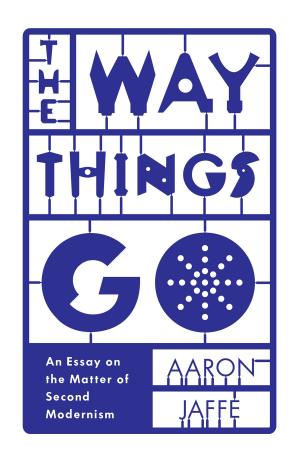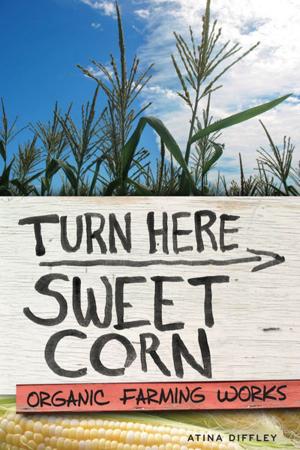Making Suburbia
New Histories of Everyday America
Nonfiction, Art & Architecture, Architecture, Planning, History, Social & Cultural Studies, Social Science, Sociology, Urban| Author: | ISBN: | 9781452944616 | |
| Publisher: | University of Minnesota Press | Publication: | April 15, 2015 |
| Imprint: | Univ Of Minnesota Press | Language: | English |
| Author: | |
| ISBN: | 9781452944616 |
| Publisher: | University of Minnesota Press |
| Publication: | April 15, 2015 |
| Imprint: | Univ Of Minnesota Press |
| Language: | English |
What are the suburbs? The popular vision of monotonous streets curving into culs-de-sac and emerald lawns unfurling from nearly identical houses would have us believe that suburbia is a boring, homogeneous, and alienating place. But this stereotypical portrayal of the suburbs tells us very little about the lives of the people who actually live there. Making Suburbia offers a diverse collection of essays that examine how the history and landscape of the American suburb is constructed through the everyday actions and experiences of its inhabitants.
From home decor and garage rock to modernist shopping malls and holiday parades, contributors explore how suburbanites actively created the spaces of suburbia. The volume is divided into four parts, each of which addresses a distinct aspect of the ways in which suburbia is lived in and made. More than twenty essays range from Becky Nicolaides’s chronicle of cross-racial alliances in Pasadena, to Jodi Rios’s investigation of St. Louis residents’ debates over public space and behavior, to Andrew Friedman’s story of Cold War double agents who used the suburban milieu as a cover for their espionage.
Presenting a wide variety of voices, Making Suburbia reveals that suburbs are a constantly evolving landscape for the articulation of American society and are ultimately defined not by planners but by their inhabitants.
Contributors: Anna Vemer Andrzejewski, U of Wisconsin–Madison; Heather Bailey; Gretchen Buggeln, Valparaiso U; Charity R. Carney, Western Governors U; Martin Dines, Kingston U London; Andrew Friedman, Haverford College; Beverly K. Grindstaff, San José State U; Dianne Harris, U of Illinois, Urbana–Champaign; Ursula Lang; Matthew Gordon Lasner, Hunter College; Willow Lung-Amam, U of Maryland, College Park; Becky Nicolaides, U of California, Los Angeles; Trecia Pottinger, Oberlin College; Tim Retzloff, Michigan State U; Jodi Rios; Christopher Sellers, Stony Brook U; David Smiley, Columbia U; Stacie Taranto, Ramapo College of New Jersey; Steve Waksman, Smith College; Holley Wlodarczyk, U of Minnesota.
What are the suburbs? The popular vision of monotonous streets curving into culs-de-sac and emerald lawns unfurling from nearly identical houses would have us believe that suburbia is a boring, homogeneous, and alienating place. But this stereotypical portrayal of the suburbs tells us very little about the lives of the people who actually live there. Making Suburbia offers a diverse collection of essays that examine how the history and landscape of the American suburb is constructed through the everyday actions and experiences of its inhabitants.
From home decor and garage rock to modernist shopping malls and holiday parades, contributors explore how suburbanites actively created the spaces of suburbia. The volume is divided into four parts, each of which addresses a distinct aspect of the ways in which suburbia is lived in and made. More than twenty essays range from Becky Nicolaides’s chronicle of cross-racial alliances in Pasadena, to Jodi Rios’s investigation of St. Louis residents’ debates over public space and behavior, to Andrew Friedman’s story of Cold War double agents who used the suburban milieu as a cover for their espionage.
Presenting a wide variety of voices, Making Suburbia reveals that suburbs are a constantly evolving landscape for the articulation of American society and are ultimately defined not by planners but by their inhabitants.
Contributors: Anna Vemer Andrzejewski, U of Wisconsin–Madison; Heather Bailey; Gretchen Buggeln, Valparaiso U; Charity R. Carney, Western Governors U; Martin Dines, Kingston U London; Andrew Friedman, Haverford College; Beverly K. Grindstaff, San José State U; Dianne Harris, U of Illinois, Urbana–Champaign; Ursula Lang; Matthew Gordon Lasner, Hunter College; Willow Lung-Amam, U of Maryland, College Park; Becky Nicolaides, U of California, Los Angeles; Trecia Pottinger, Oberlin College; Tim Retzloff, Michigan State U; Jodi Rios; Christopher Sellers, Stony Brook U; David Smiley, Columbia U; Stacie Taranto, Ramapo College of New Jersey; Steve Waksman, Smith College; Holley Wlodarczyk, U of Minnesota.















